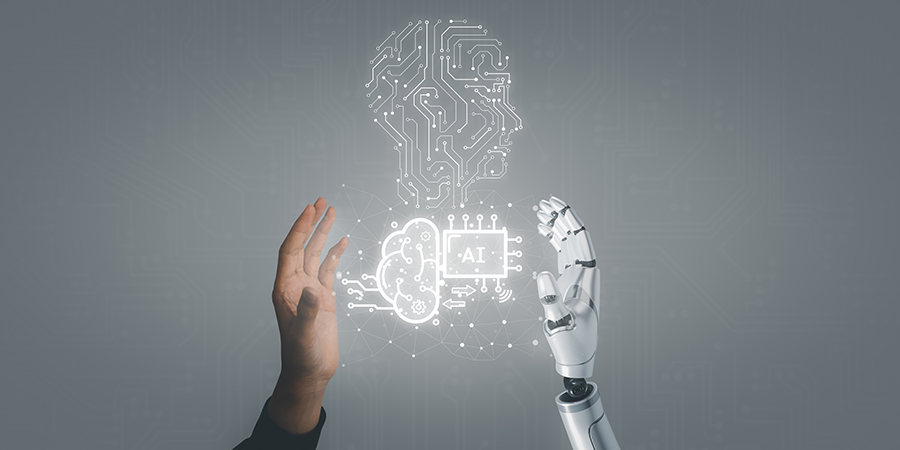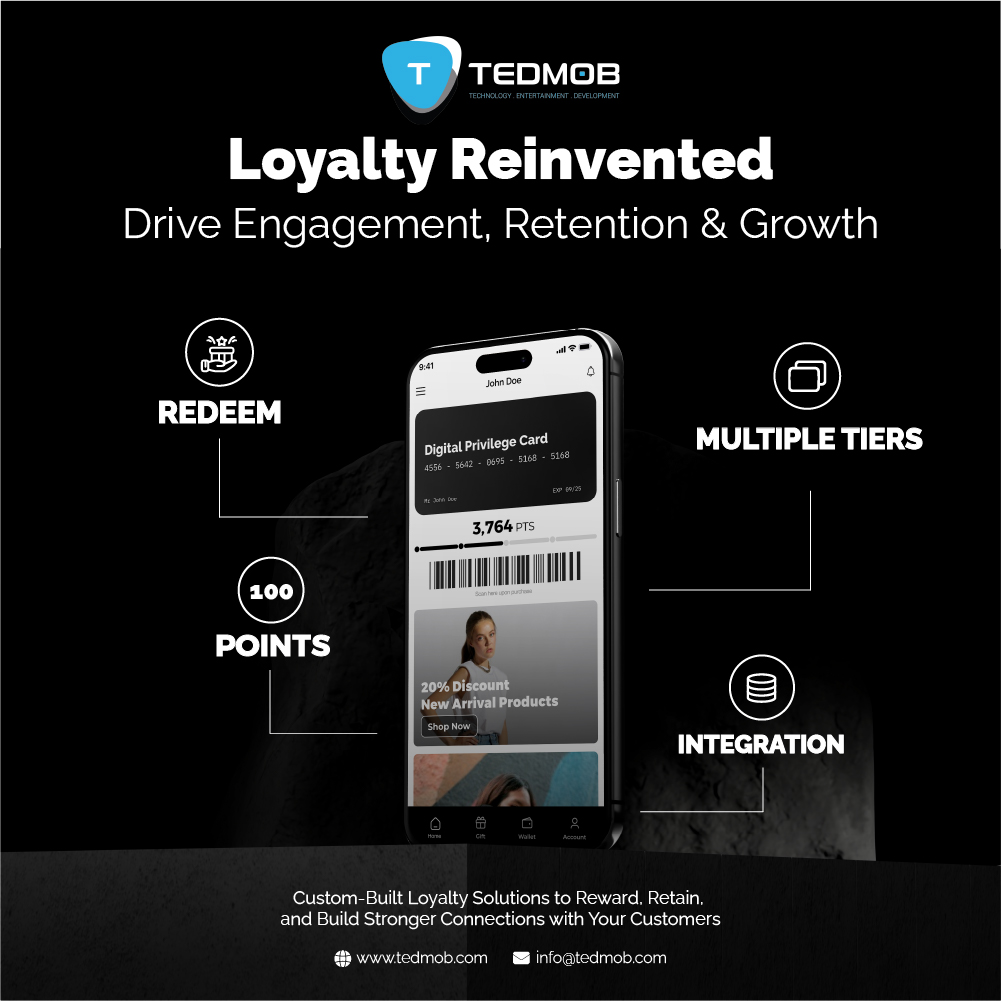Among the ICT innovations set to dominate in 2025 is edge computing. This technology will continue to transform data processing by bringing it closer to the source of the data, improving response times and optimizing network resources.
Interestingly, at the 18th edition of the Telecom Review Leaders’ Summit, strategies to maximize cloud investment returns were discussed. This is particularly important as the telecom and technology industries evolve.
Collaboration between hyperscalers, telcos, and service providers has proven essential in overcoming pricing, security, and scalability challenges in the cloud, and trends like sustainability, edge computing, and sovereign cloud services have become critical areas to watch.
Edge and AI: An Innovative Combo
The exponential growth of artificial intelligence (AI) is transforming consumer and B2B uses, as well as the requirements of telecommunications infrastructure.
According to Sofrecom Group CEO, Guillaume Boudin, to further reduce latency, operators can bring AI processing infrastructures closer to users by deploying edge computing solutions. In addition to reducing latency, the deployment of national edge computing infrastructures (on which data for AI processing will take place) can also ensure the sovereignty of sensitive data.
Between 2023 and 2032, the edge intelligence (edge AI) market size is projected to grow at a CAGR of 24.8%, highlighting the rising global adoption of cloud computing. Having said that, while edge computing brings data storage closer to the required location, AI processes the data and incorporates real-time feedback.
This powerful combination facilitates the integration of AI algorithms into IoT devices, enabling real-time information processing without the need for constant cloud connectivity. Indeed, AI can enhance the capabilities of IoT and edge computing solutions, allowing telecom companies to create smart solutions for industries such as transportation, energy, and agriculture, offering new services that go beyond connectivity.
While edge computing brings data storage closer to the required location, AI processes the data and incorporates real-time feedback.
Supporting this context, Susan White, Senior Director, Strategy, Netcracker Technology, believes that AI is crucial to closing automation gaps in telecom because modern networks are becoming increasingly complex, especially with the advent of 5G, network slicing, and edge services.
As security is a critical aspect within cloud-centric systems, integrating AI into a comprehensive security framework could also ensure that all layers of the telecom network, from edge to core, are protected.
Furthermore, the integration of a hybrid cloud with edge computing brings computing resources closer to the point of data generation, reducing latency and enhancing real-time processing capabilities. Telecom operators can process sensitive data locally (edge devices) while leveraging the public cloud for heavy computational tasks and analytics through hybrid cloud models.
As small language models (SLMs) advance, the edge cloud ecosystem is anticipated to be prevalent in various scenarios including car computers, traffic systems, smart sensors within factory premises, remote cameras, and environmental monitoring devices.
Bearing this in mind, implementing an edge machine learning (ML) strategy in tandem with cloud support enables modern organizations to deliver consistent application and operational experiences. This approach facilitates expansion into remote locations facing challenges in maintaining continuous connectivity within the data center. To achieve this, it is crucial to establish consistent deployment models extending seamlessly from the core to the edge.
WATCH TRS-24 PANEL: Developments in the Cloud Industry and the Role of Hyperscalers
Value of Partnerships in Edge Computing
Nowadays, there is a mutual dependency between hyperscalers and telecom carriers. "Carriers and hyperscalers are best friends," Pavel Vishnyakov, Senior Solution Architect, Huawei Cloud MECA, emphasized, showcasing the strategic collaboration between the two.
During the panel discussion at the 18th edition of the Telecom Review Leaders’ Summit, it was highlighted that cloud adoption has driven growth in telecom, particularly in the B2B space. Moreover, while data centers are necessary, their value is only fully realized when connected to global networks, often through partnerships with telecom operators.
Similarly, Mohamed Hamouda, Regional Director for Business Development and Solutions Sales, NEC GCC, echoed this sentiment, stating, "Hyperscalers need the capabilities; the telcos need the capabilities," emphasizing the importance of closer cooperation in building cloud infrastructures.
In this environment, telecom operators typically provide the physical edge infrastructure (data centers, towers, etc.) and extensive network connectivity, while hyperscalers bring cloud expertise, advanced technologies, and scalable platforms.
According to Noman Waheed, CTO for Middle East, Nokia, partnerships facilitate cloud-based network services, driving more efficient network management, quicker deployment, and advancements in edge computing. Nokia collaborates with cloud-native infrastructure providers such as AWS, Google Cloud, and Microsoft Azure to develop flexible and scalable 5G solutions.
Operator partnerships with the hyperscalers, also known as agile technology companies, will be essential in achieving the growth of multi-access edge computing (MEC) node rollouts. Over 1.6 billion mobile users are forecasted to have access to MEC-powered services by 2027.
Telecom operators typically provide the physical edge infrastructure and extensive network connectivity, while hyperscalers bring cloud expertise, advanced technologies, and scalable platforms.
In 2022, e& UAE and AWS announced a collaboration to build industry-specific solutions that offer low latency and high-performance computer services leveraging 5G private networks and MEC. Since then, e& UAE has expanded its partnership with Oracle to fuel AI advancements and has become the first company outside North America to deploy Microsoft’s Azure Operator Nexus and Azure Operator 5G Core solutions, enhancing its 5G capabilities and service offerings.
In 2023, Zenlayer, the world’s first hyperconnected cloud, and Mobily, one of Saudi Arabia’s largest internet service providers (ISPs), also revealed that their new strategic partnership aims to deliver high performance edge compute and connectivity services to businesses deploying infrastructure in Saudi Arabia and beyond.
Additionally, Maria Stebneva, Head of Sales, Canada, Juniper Networks, noted the increasing role of edge computing, stating that "localized computing at the edge is becoming increasingly critical to reduce latency and enhance user experiences.”
Salam suggests that enterprises should carefully plan how they will adopt IoT and edge computing solutions if they want to maximize their return on investment (ROI). Rather than immediately attempting to implement a large-scale IoT and edge computing solution, it is advisable to start with a modest pilot project.
Telecom partnerships with hardware and IoT device manufacturers are also becoming a hit across the industry. In June, 2024, Ooredoo partnered with NVIDIA to deploy AI technology in data centers across five Middle Eastern countries: Qatar, Algeria, Tunisia, Oman, and Kuwait. “NVIDIA’s expertise in AI hardware and software, combined with our advanced digital infrastructure, positions us to play a leading role in the AI ecosystem across our markets,” said Ahmad Abdulaziz Al-Neama, Group Regional CEO of Ooredoo.
But the real question is: “What makes partnerships in the cloud so valuable?” Without a doubt, by pooling resources and expertise, partners can reduce the financial and operational risks associated with deploying and scaling edge solutions. A great example of this concept is the largest transaction ever achieved in Qatar’s tech sector, which underscored the confidence of leading financial institutions in Ooredoo’s strategic vision. The QAR 2 billion financing deal has been signed with QNB, Doha Bank, and Masraf Al Rayan. The funds will be strategically utilized among the data center assets from Ooredoo's telecom operations, with a significant focus on expanding capacity and enhancing infrastructure. This will meet the rising demand for AI, cloud services, and hyperconnectivity across the MENA region.
Moreover, by leveraging a partner’s established infrastructure, technology, and customer base, the rollout of edge computing solutions will be accelerated. In September, 2024, Ericsson formed a joint venture with twelve telecom operators to sell network application programming interface (API) software to spur innovation in digital services at a global scale. The new venture shareholders will bring funding and important assets, including global telecom operator relationships, knowledge of the developer community and each telecom operator’s network APIs, expertise, and marketing.
Edge computing stands at the forefront of the ICT innovations set to redefine data processing in 2025.
Edge Computing in 2025
In conclusion, edge computing stands at the forefront of the ICT innovations set to redefine data processing in 2025, enhancing speed and efficiency across networks. As partnerships between hyperscalers, telcos, and service providers continue to evolve, they play a pivotal role in overcoming challenges like pricing, security, and scalability in cloud services.
Looking ahead, these collaborations will drive advancements in edge AI, enabling real-time data processing and fostering new smart solutions across industries. The future promises further integration of edge computing with AI and hybrid cloud models, ensuring optimized performance and enhanced user experiences globally.
More Insights to Explore:
Emerging Commercial Prospects for Telcos
The 'Four As': The Telecom Industry’s Formula for Success
Accelerating Enterprise Growth with SD-WAN in Multi-Cloud Environments










